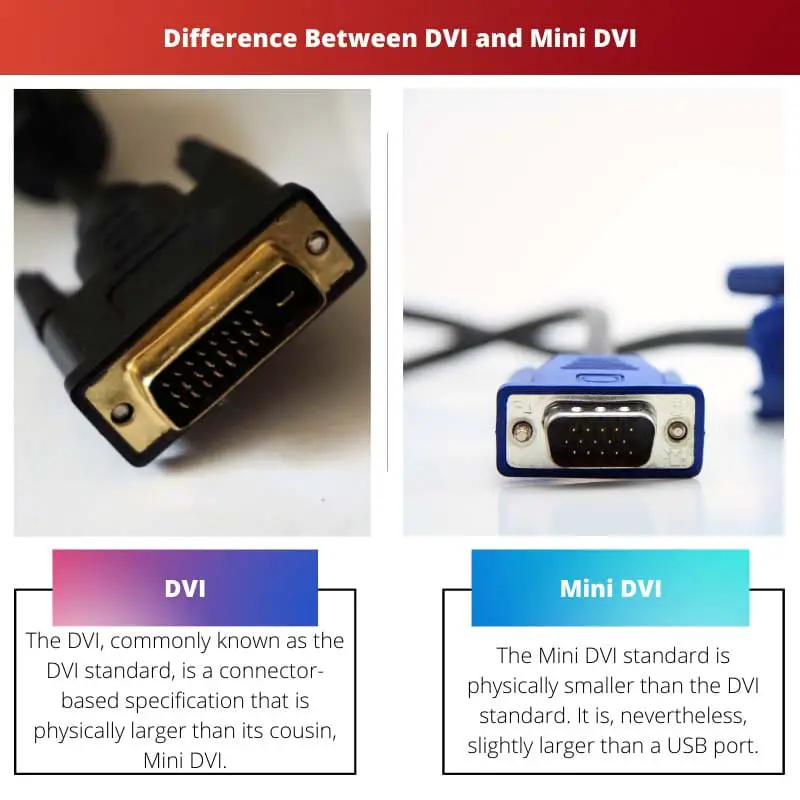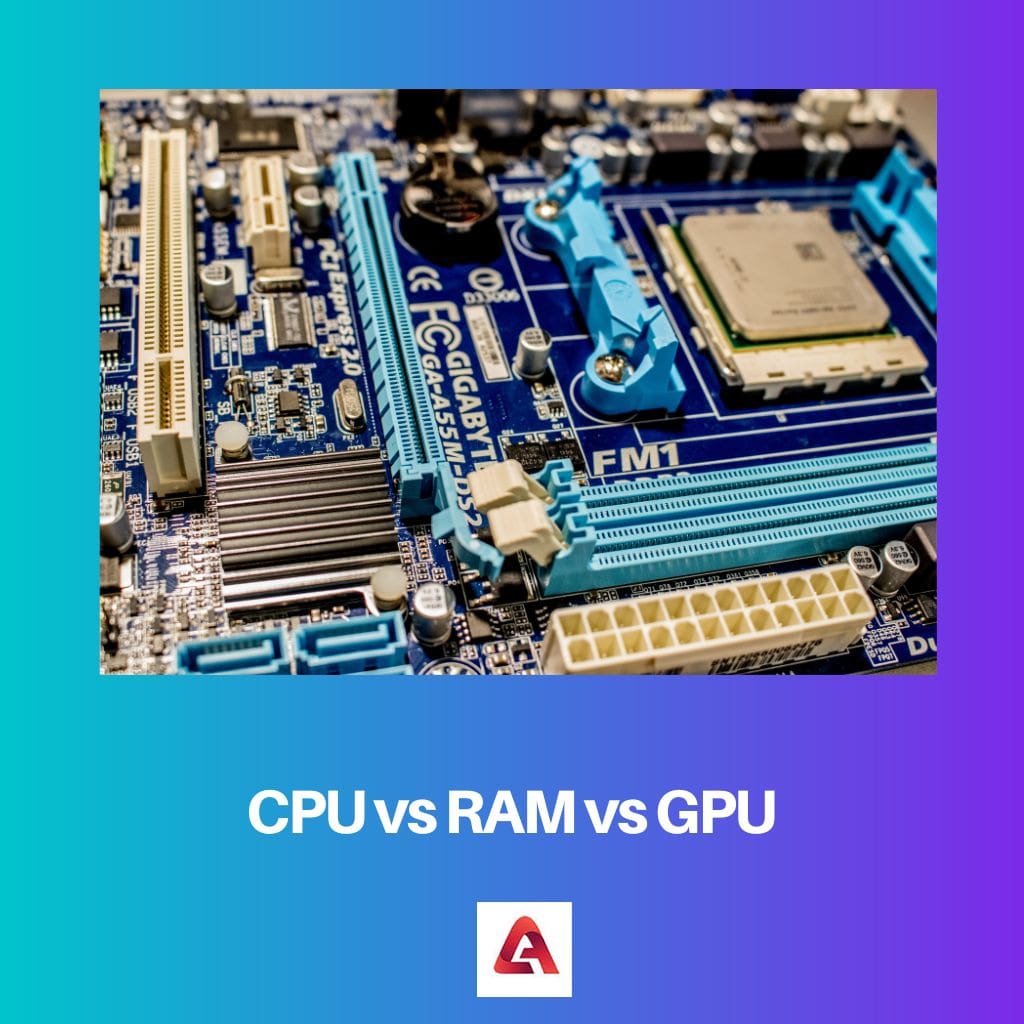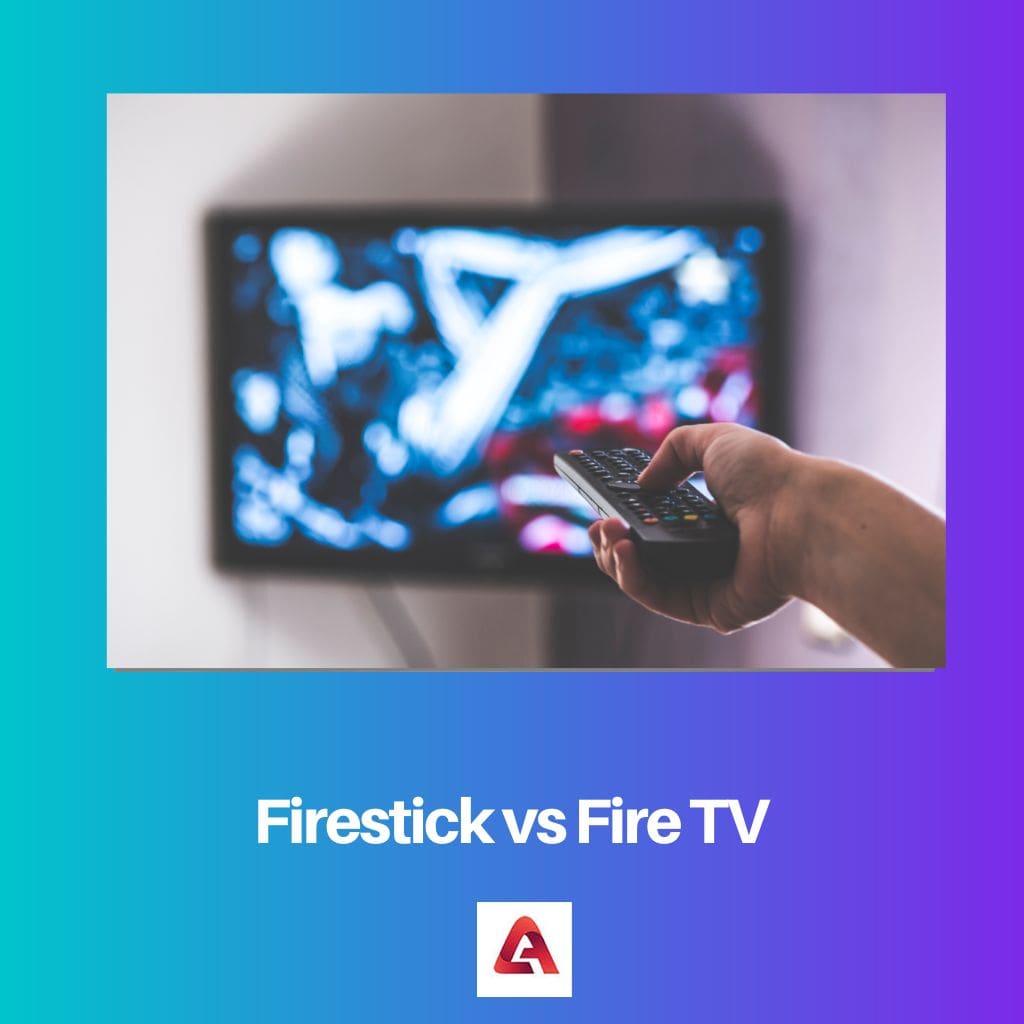The DVI, commonly known as the DVI standard, is a connector-based specification that is physically larger than its smaller sibling, Mini DVI.
Mini DVI is physically smaller than the DVI standard, which is also a consistent connection specification. Its size, however, is slightly greater than that of a USB port.
Key Takeaways
- DVI is a digital video interface connecting a video source to a display device, while mini DVI is a smaller version of DVI.
- DVI supports higher resolutions and faster refresh rates than mini DVI.
- Mini DVI is commonly used in Apple products like MacBook and iMac, while DVI is used in PCs and other devices.
DVI vs Mini DVI
The difference between DVI and Mini DVI is that “Dual Link” is a characteristic of DVI ports. Users can choose between better and higher resolutions by simply using the assigned pins and obtaining additional data. However, Mini DVI ports and connectors lack the “Dual Link” capability, limiting the resolution to 1920×1200@60Hz. In comparison to DVI cables, Mini DVI cables, ports, and connections lack a great deal of flexibility.
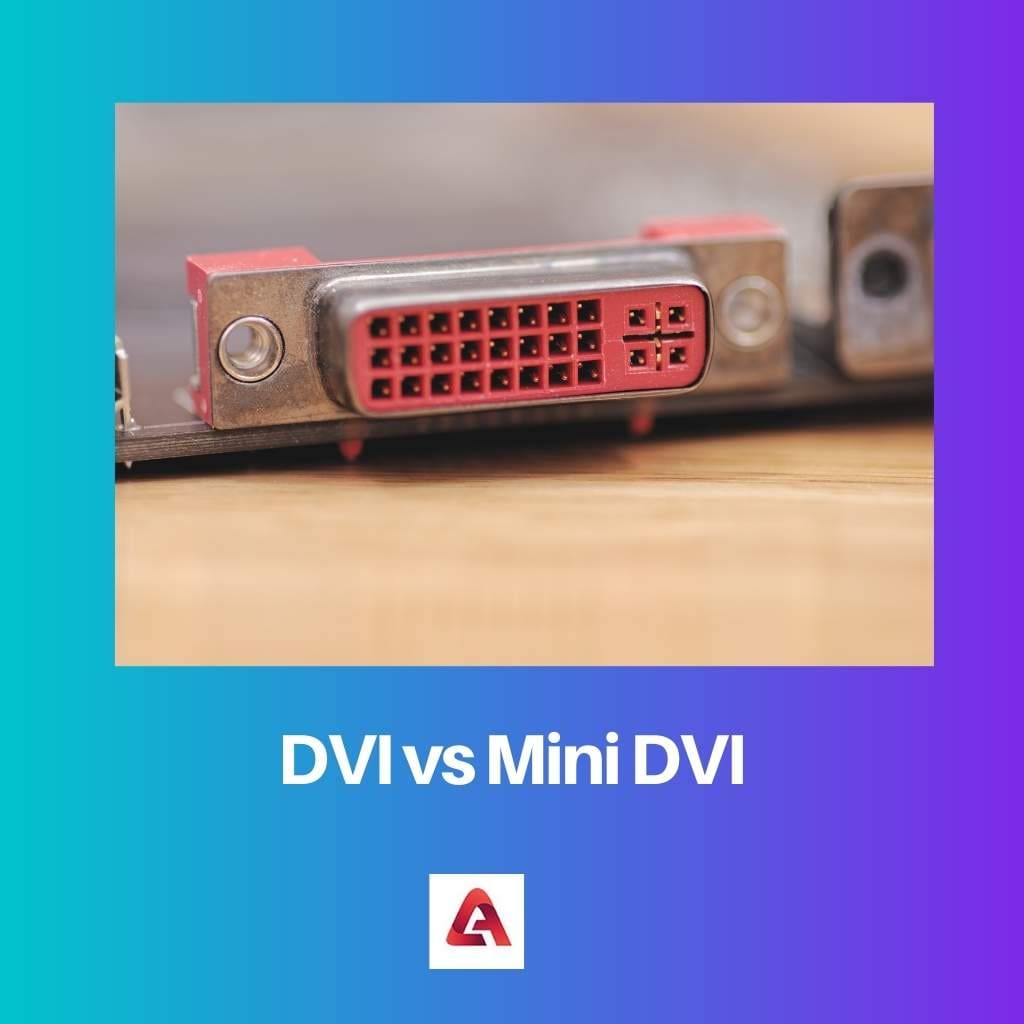
The DVI standard, or simply DVI, is manufactured and created by the Digital Display professional working group. Apple’s products, such as the iPhone, iMac, and Powerbook, do not support DVI standards or ports.
Apart from Apple, various other hardware specifications make use of DVI connectors. In comparison to Mini DVI cables, the DVI ports, connections, and cables are more flexible.
DVI ports come with various connectors that are sold based on the customers’ expectations.
Apple is in charge of the Mini DVI’s manufacture and development. However, it was designed to replace the existing micro VGA connector at the time.
Mini DVI ports are fully compatible with all Apple products, including the iMac, iPhone, and Powerbook. Apple only offers two types of connectors to its customers.
Mini DVI to VGA or Mini DVI to DVI-D are the two options. If a person has both VGA and DVI devices, he will need to purchase both types of Apple cables.
Comparison Table
| Parameters of Comparison | DVI | Mini DVI |
|---|---|---|
| Size | Larger | Smaller |
| Manufacturer | Digital Display | Apple |
| Compatible with | Other hardware specs except for Apple. | Only with Apple products |
| Dual Link Feature | Offers the feature | It doesn’t offer the feature |
| Flexibility | More flexible | Less flexible |
What is DVI?
The DVI, commonly known as the DVI standard, is a connector-based specification that is physically larger than its cousin, Mini DVI. The DVI standard, or simply DVI, is manufactured and created by the professional working group of Digital Display.
Apple’s products, including the iPhone, iMac, and Powerbook, do not support DVI standards or ports. Apart from Apple, DVI connectors are used in a variety of other hardware specifications. The “Dual Link” capability is available on DVI ports.
Users can choose between better and higher resolutions by using the assigned pins and obtaining extra data. In comparison to Mini DVI cables, DVI ports, connections, and cables are more flexible.
DVI ports come with various connectors that are sold to meet users’ needs, wishes, requirements, and demands. Those that use VGA connectors can purchase a cheap DVI-to-VGA converter and use it instead.
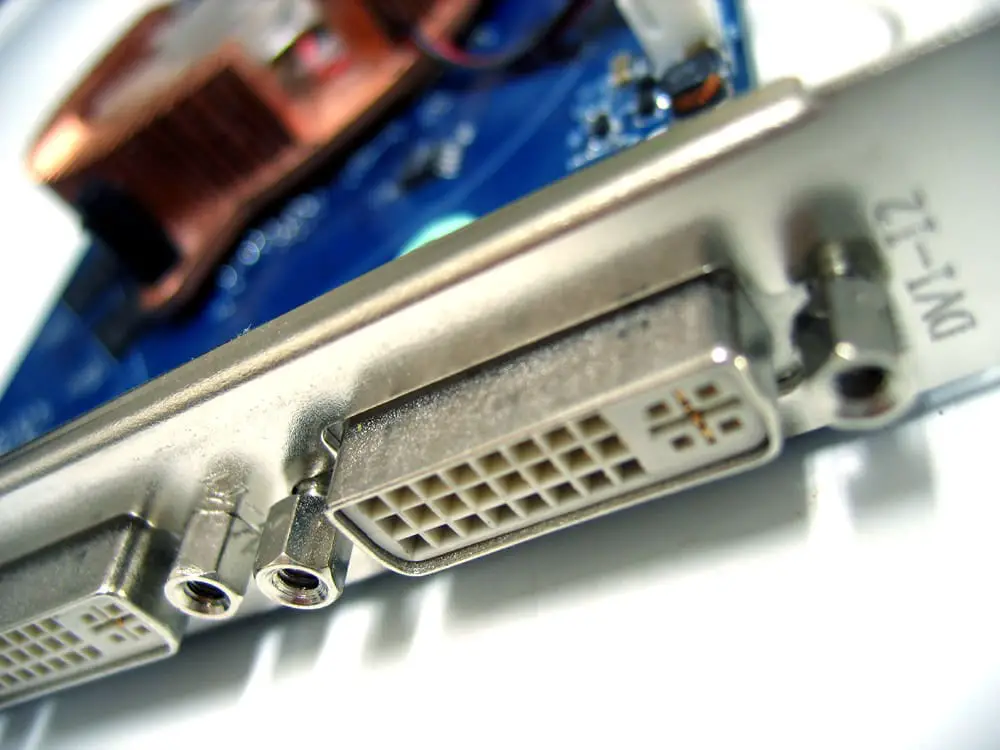
What is Mini DVI?
The Mini DVI standard, which is also a consistent connection specification, is physically smaller than the DVI standard. It is, nevertheless, slightly larger than a USB port. The Mini DVI was designed and manufactured by Apple, a fantastic company.
However, it was created to replace the existing connector, which was a tiny VGA at the time. Mini DVI ports are entirely compatible with all Apple products, including the iMac, iPhone, Powerbook, and so on.
Because Mini DVI ports and connectors lack the “Dual Link” capability, they are limited to a maximum resolution of 1920×1200@60Hz.
In comparison to DVI cables, mini DVI cables, ports, and connections lack a great deal of flexibility. Only two types of connectors are available to Apple consumers.
THE TWO OPTIONS ARE Mini DVI to VGA or Mini DVI to DVI-D. If a user has both VGA and DVI devices, he will need to purchase both types of Apple cables. Because neither is compatible with the other, but only with its own.

Main Differences Between DVI and Mini DVI
- Physically, the DVI’s size, also called the DVI standard, which is a specification based on connectors, is larger than its counterpart, Mini DVI. On the other hand, the physical size of the Mini DVI, which is also a consistent connection specification, is smaller than its counterpart, the DVI standard. However, its size is a bit larger than a USB port.
- The professional working group of Digital Display is responsible for the manufacturing and creation of the DVI standard or simply DVI. On the other hand, the great organization Apple is responsible for the manufacturing and creation of the Mini DVI. However, it was built with the motive to supersede the existing connector, mini VGA, at that time.
- DVI standard or DVI ports are not compatible with any of the products owned by Apple, including iPhone, iMac, or Powerbook. However, except for Apple, several other hardware specs make use of DVI ports. On the other hand, Mini DVI ports are fully compatible with all the products associated with Apple, like iMac, iPhone, Powerbook, etc.
- DVI ports possess the feature of “Dual Link.” Here the users can opt for better and higher resolutions simply by the allocated pins and by getting additional data. On the other hand, the ports and connectors of Mini DVI do not possess the “Dual Link” feature and hence are restricted to a maximum resolution of 1920×1200@60Hz.
- The DVI ports, connectors, and cables are more flexible in comparison to the Mini DVI cables. The DVI ports possess various types of connectors that are sold, keeping in mind the needs, wants, requirements, and demands of the users. Those who make use of VGA connectors can also buy cheap DVI to VGA. as an alternative and substitute it. On the other hand, Mini DVI cables, ports, and connectors lack a lot of flexibility in comparison to their counterpart, DVI cables. Here, Apple gives its customers two types of connectors only. Either Mini DVI to VGA or Mini DVI to DVI-D. If the person has both VGA and DVI devices, then he will have to buy both types of cables offered by Apple. Because neither of the two are compatible with both, rather with the respective ones only.
